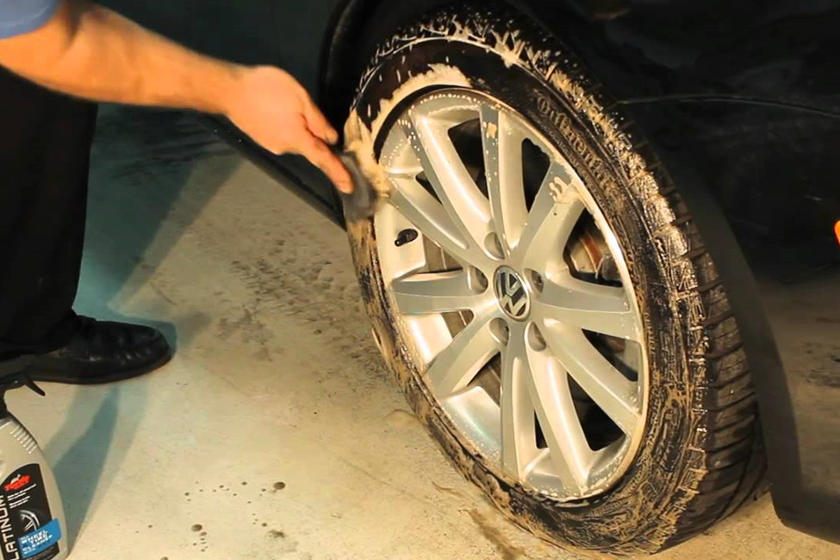Burning rubber is a quick way to create junk. When it's time to buy new tires, your old tires quickly turn from useful car parts to giant, piles of rubber junk.
Although old tires can be reused as swings, gardening planters, and construction project materials, most people tend to stuff old tires into a corner of their garage or leave them by the trash bins. However, old and waste tires are usually not accepted in regular waste services - meaning you may never even see them leave your yard. Luckily, 1-800-GOT-JUNK? is happy to help you with old and used tire disposal in your city.
Please note that not all locations are able to accept tires, due to differences in local regulations. Give us a call to see how best your local team can help!
No matter where you live, tires shouldn't go to the dump. If you need old tires removed, 1-800-GOT-JUNK? can help with tire recycling near you.
Don't let those waste and scrap tires get in your way or become an environmental hazard! We pick up all kinds of tires from cars, bikes, trucks, and construction equipment. We’re in your neighborhood, call us today to see if your local team can accept tires and handle all the heavy lifting for you!
You control the price—it’s based on how much space your junk takes up in the truck. It starts from our minimum charge of 1/8th of a truck all the way up to a full truckload. Since the price is based on volume, we need to see your items in person to give you an exact price. Call or book your free no-obligation estimate today! For more information on our pricing, visit our pricing page.
Unlike your other household waste, tires are made from non-biodegradable, flammable material that make leaving them in a landfill dangerous to the environment.
Recycling is the most proper way to dispose of your tires. Here are some of the best ways to handle used tire disposal:
Here are some of the best ways to handle used tire disposal:
Don’t waste time looking for a recycling facility or opportunity to get rid of your rubber junk. 1-800-GOT-JUNK? will help you to get rid of old tires and make sure they get to the right recycling facility. Together, we make sure tires don’t stay in your backyard or end up in the landfill.
Please note that not all locations are able to accept tires, so give us a call to see how best we can help.
Don’t waste time looking for a recycling facility or opportunity to get rid of your rubber junk.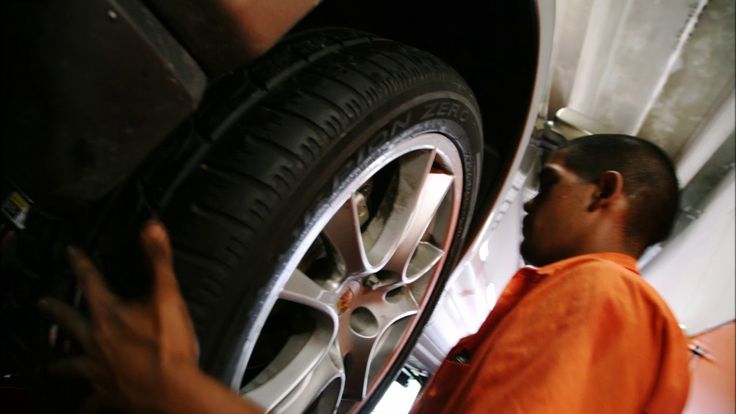 1-800-GOT-JUNK? will help you to get rid of old tires and make sure they get to the right recycling facility. Together, we make sure tires don’t stay in your backyard or end up in the landfill.
1-800-GOT-JUNK? will help you to get rid of old tires and make sure they get to the right recycling facility. Together, we make sure tires don’t stay in your backyard or end up in the landfill.
However, there are several other places to throw away and recycle your old tires:
Not sure how to handle old tires on your own? Let 1-800-GOT-JUNK? take care of it for you. We’ll remove unwanted tires from wherever they’re located, load them into our truck, and then make sure to dispose your tires responsibly. Give us a call to see if your local team can help remove tires.
Tires can - and should - be recycled. Tires are made of synthetic and non-synthetic rubber, wires, and fabric that cannot decompose on their own. When sent to a landfill, tire piles can build up over time, taking up space and resources.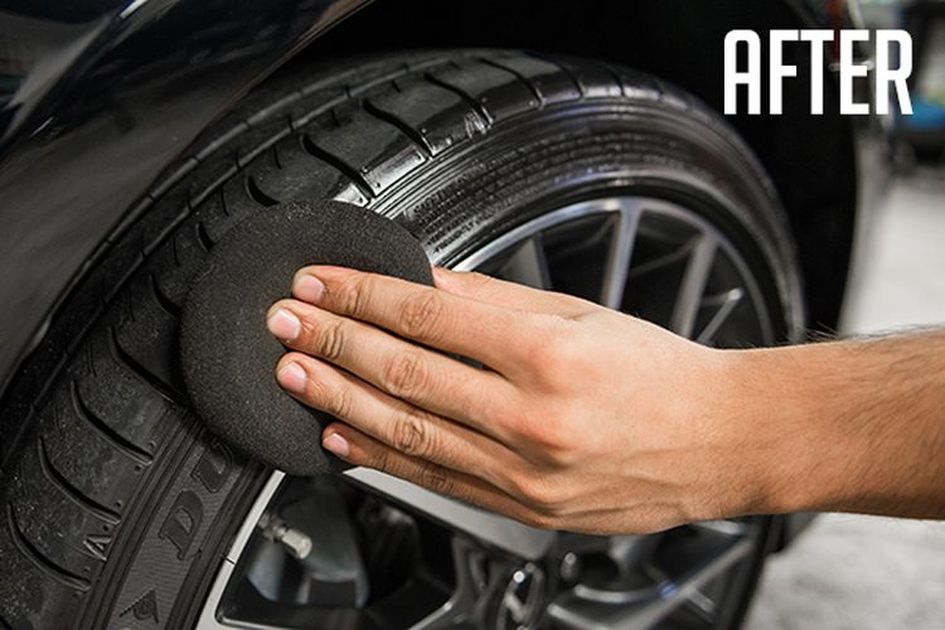 And when they’re burned, the materials in old tires release harmful toxins into the environment.
And when they’re burned, the materials in old tires release harmful toxins into the environment.
The safest way to handle old tires is to recycle them. You can recycle old tires and reuse them as construction material or as upcycled household items. If you don’t have the space for used tires, recycling facilities can break down the materials for other purposes.
If you have a pile of used tires that you want to remove, our friendly 1-800-GOT-JUNK? crew is in your neighborhood and happy to help! Call today to see if we are able to remove tires in your location, and for a no-obligation estimate.
To recycle a used tire, the entire tire must first be taken apart. The rubber, steel, wires, and fabric, are each removed. They are then reused or undergo their own separate recycling process.
Recycled rubber is used to create things like construction materials, playground equipment, and athletic tracks. The rest of the scrap parts are used as fuel supplements in different cement and pulp industries.
If you have a pile of old tires lying around your house, consider calling our professional crew at 1-800-GOT-JUNK? to take it away for you. We make sure to dispose of tires in an environmentally-friendly way after hauling them away from your house. All you have to do is point!
Old tires don’t have to be thrown away. Reusing old tires is one of the best ways to decorate your home, create something new, and keep the environment safe!
Some of the most popular things to do with old tires include:
DIY projects are a fun way to make use of your old rubber junk. If you would rather just get those old tires out of your way altogether, call 1-800-GOT-JUNK?. Schedule your no-obligation estimate today!
Submenu
Accumulations of waste tires harbor disease-transmitting vermin and they present hazards from pollution and fire risk. We work with public entities to clean up unauthorized dumpsites and prevent further waste accumulation with community tire collection events. We then contract the transportation as well as the recycling or disposal of these tires.
We work with public entities to clean up unauthorized dumpsites and prevent further waste accumulation with community tire collection events. We then contract the transportation as well as the recycling or disposal of these tires.
Waste tires are those no longer suitable for their intended purpose due to wear or damage. Accumulations of waste tires harbor mosquitos, snakes, and other vermin, which pose health risks, such as the mosquito-transmitted West Nile Virus.
Waste tire accumulations also present a dangerous fire hazard and the potential to emit polluting tire smoke.
Waste tires have a negative market value and proper recycling or disposal can be expensive. They tend to accumulate, and sometimes they’re dumped illegally. Many tire accumulations exist for a significant length of time. We work with public entities to clean up unauthorized dumpsites and prevent further waste accumulation by funding community tire collection events.
In 2005, the legislature created the waste tire removal account to help clean up illegally discarded tires. This account is funded by a $1 fee charged for each new vehicle tire sold in Washington. We receive an annual budget of $500,000 from this account. With this budget, we provide resources to communities and landowners who discover unauthorized waste tire accumulations. We also oversee businesses that handle waste tires.
The waste tire program:
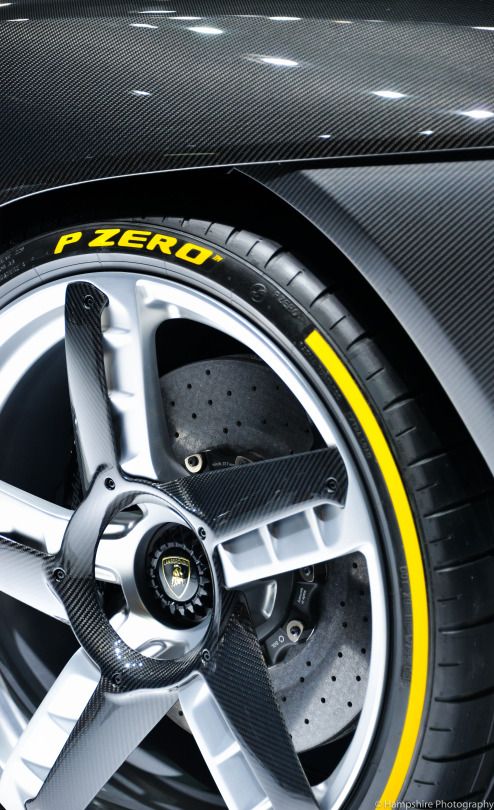
This table summarizes efforts we fund for waste tire removal from 2007 to 2020.
| Year | Tons of Tires | Dollars |
|---|---|---|
| 2007 | 32,671 | $4,300,079 |
| 2008 | 8,112 | $1,882,295 |
| 2009 | 11,217 | $2,648,464 |
| 2010 | 3,157 | $762,018 |
| 2011 | 352 | $112,415 |
| 2012 | 1,900 | $476,661 |
| 2013 | 1,868 | $328,204 |
| 2014 | 2,278 | $487,151 |
| 2015 | 1,645 | $274,236 |
| 2016 | 2,055 | $378,339 |
| 2017 | 1,330 | $303,296 |
| 2018 | 1,133 | $222,508 |
| 2019 | 2,031 | $508,173 |
| 2020 | 2,383 | $680,585 |
| Total | 72,132 | $13,364,424 |
This chart summarizes the waste streams for tires in Washington State from 2005 to 2017.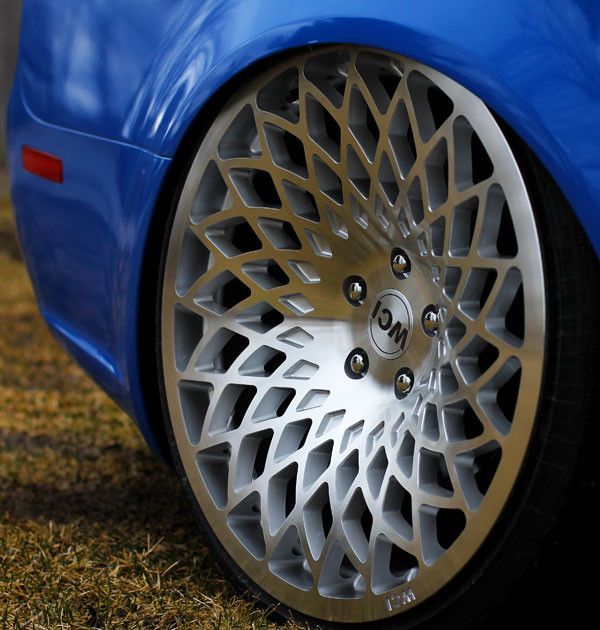
See Excel spreadsheet chart data
*Disposed (Incidental) in mixed MSW is estimated from waste characterization studies
Most tire dealers in Washington are required to collect a $1 fee for each new tire sold. This fee does not apply to:
If a customer returns a tire and is refunded the entire selling price, the $1 fee is refundable, as well (WAC 458.20.272).
Most businesses that haul waste tires are required to obtain a license. We maintain a list of these licensed tire carrier businesses.
Waste tire carrier requirements:

A waste tire carrier license is not required for:
Businesses that store waste tires are required to get local permits and may also need a state license.
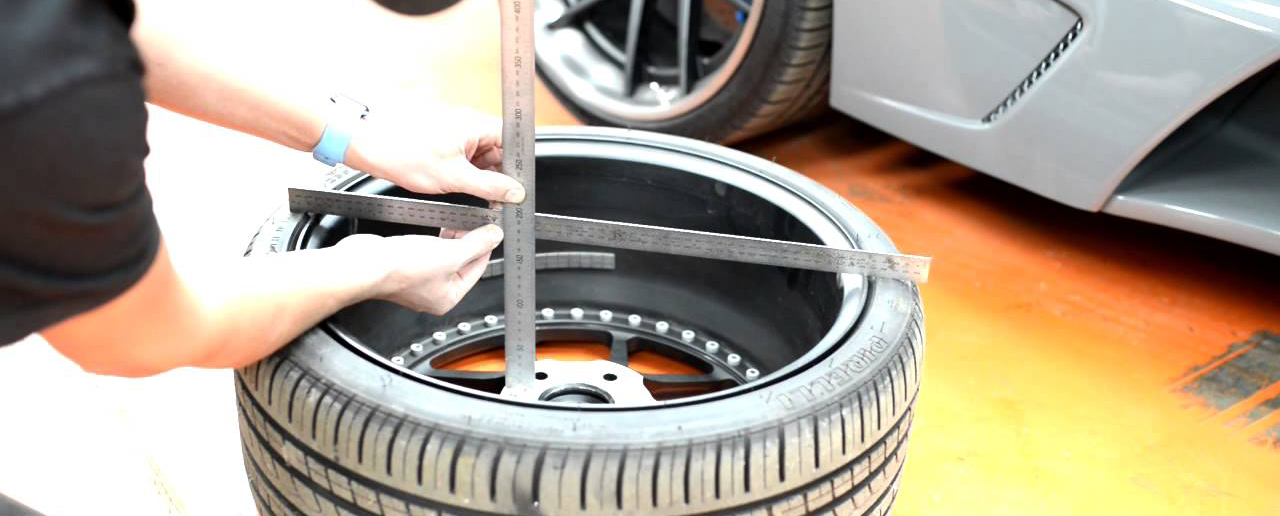 This financial assurance is usually a bond but can be some other form of financial assurance as specified in WAC 173-350-600.
This financial assurance is usually a bond but can be some other form of financial assurance as specified in WAC 173-350-600.Permitting and/or licensing for waste tire storage is not required for:
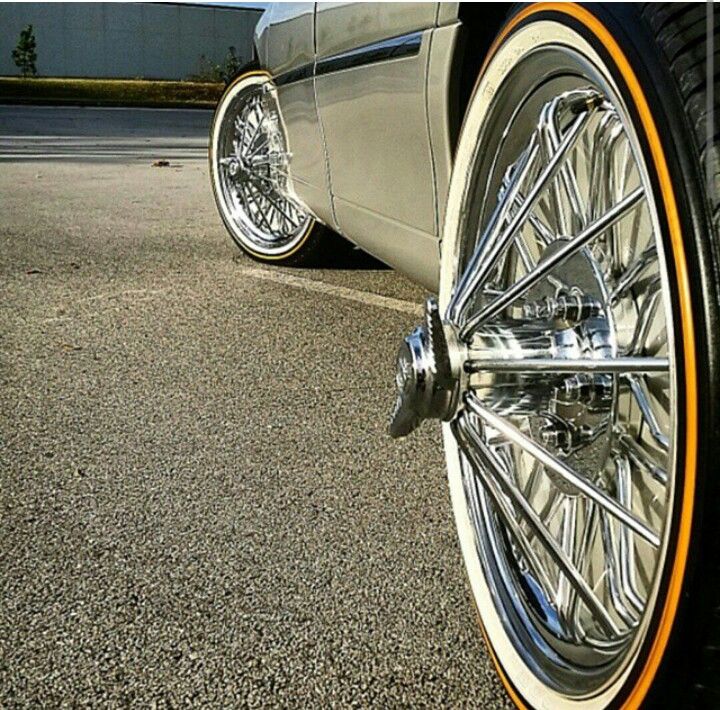
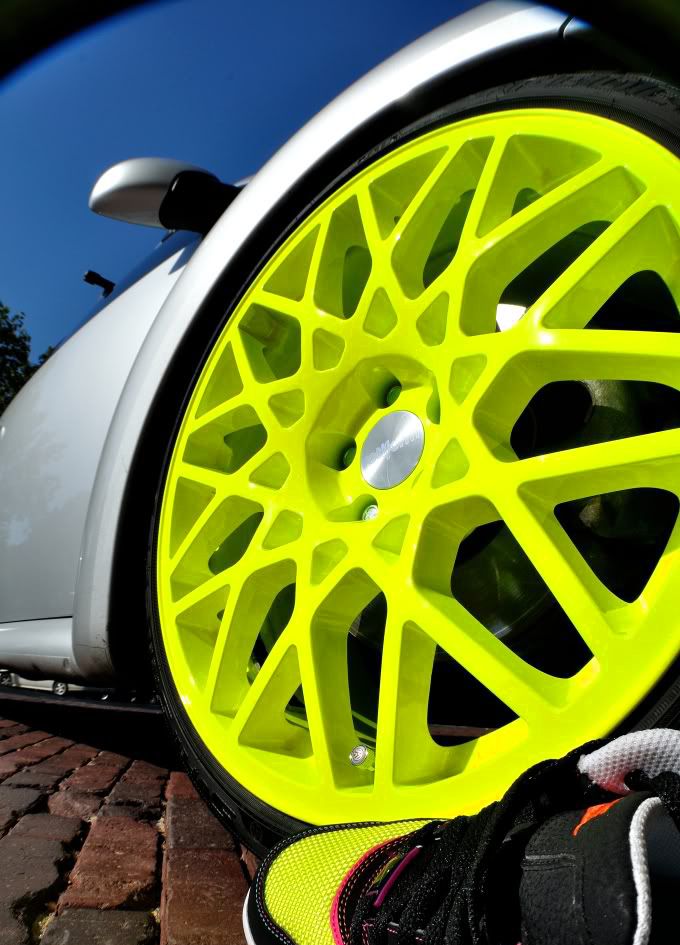 These sections describe the funding for the waste removal account, waste tire storage and carrier requirements and pertinent penalties.
These sections describe the funding for the waste removal account, waste tire storage and carrier requirements and pertinent penalties.
What exactly cannot be done with car tires, so you can do it yourself or spit them on your own. The best options for utilizing old tires are to beat them for creativity, resell or recycle them.
Be it a tire - not only gum. In our warehouses there is a lot of metal, toxic spills - under the influx of atmospheric factors, the stench goes near the water and the soil, thereby developing an important part of the biosphere. With whom, the tire is laid out for a long time - here the situation itself is the same, like with plastic. Need a century, the first low water is not deprived of anything, and another hundred years, the first low ground and water is renewed.
Spalling is not an option, even if toxic spills are spalled, they are seen even more, and the products of the fire are added to them. In that space, the tires were burnt, through toxic speech for more than 10 years, nothing could germinate.
Tires themselves are not the most ecological product: vicorous resin is prepared and may contain 40 liters of oil.
There are still no alternatives, but only a few products that are necessary for everyday life, it is possible to change as much as possible the yogo shkoda in the middle. One of these ways is re-blowing. With one ton of tires, you can create about 700 kilograms of yakous gum, as if you need it, including clothes, clothes, accessories, and other items.
Two options for getting old car tires:
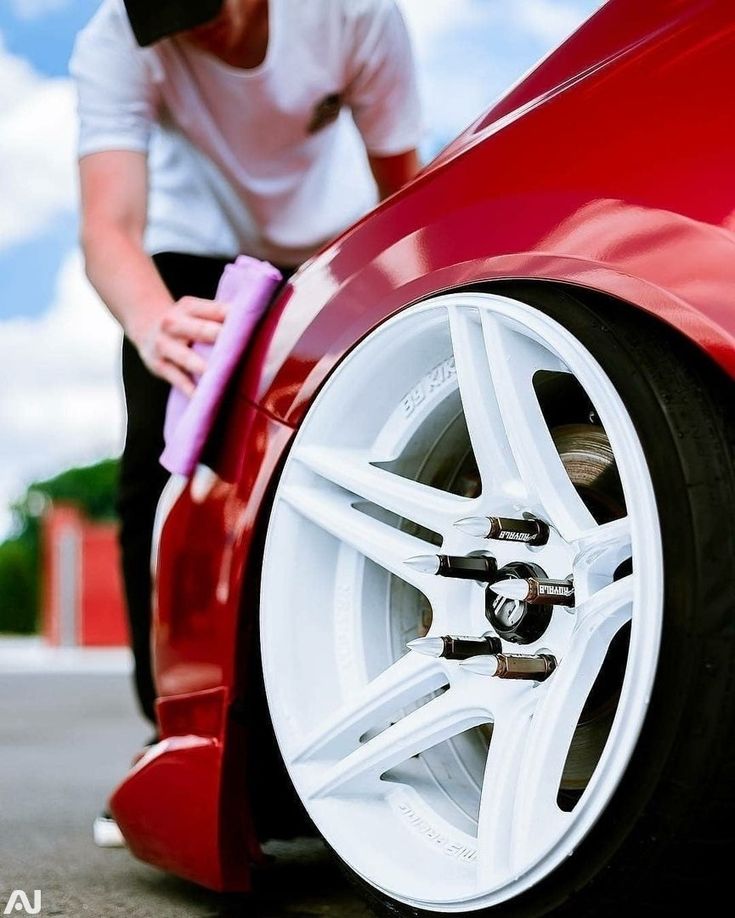 For example, from the tires they make a gum creak - from it, then, you can create impersonal tribnyh and no less speeches, like you need in some kind of promiscuity. Gum's krichta is also good for laying asphalt - it's worth new, but the technology is promising.
For example, from the tires they make a gum creak - from it, then, you can create impersonal tribnyh and no less speeches, like you need in some kind of promiscuity. Gum's krichta is also good for laying asphalt - it's worth new, but the technology is promising. In the enterprises that are engaged in the processing of humic compounds, there are a lot of opportunities for their utilization. So, krim pereroblyuvannya on crichta, you can burn tires in special pyrolysis ovens. The furnaces do not allow access until the end, so the toxic products of the furnace are not consumed into the atmosphere, and the energy of the furnace is sufficient, so that such a humus can be beaten up as a rare fire for such mechanisms. With this mechanical refinement to tire crihti, it will, of course, be an environmentally friendly method of disposal.
Metal cord, from which the carcass of tires is folded, when recycled with rubber magnets, it retracts and can be sent for disposal - from a new one it is possible to create a new one.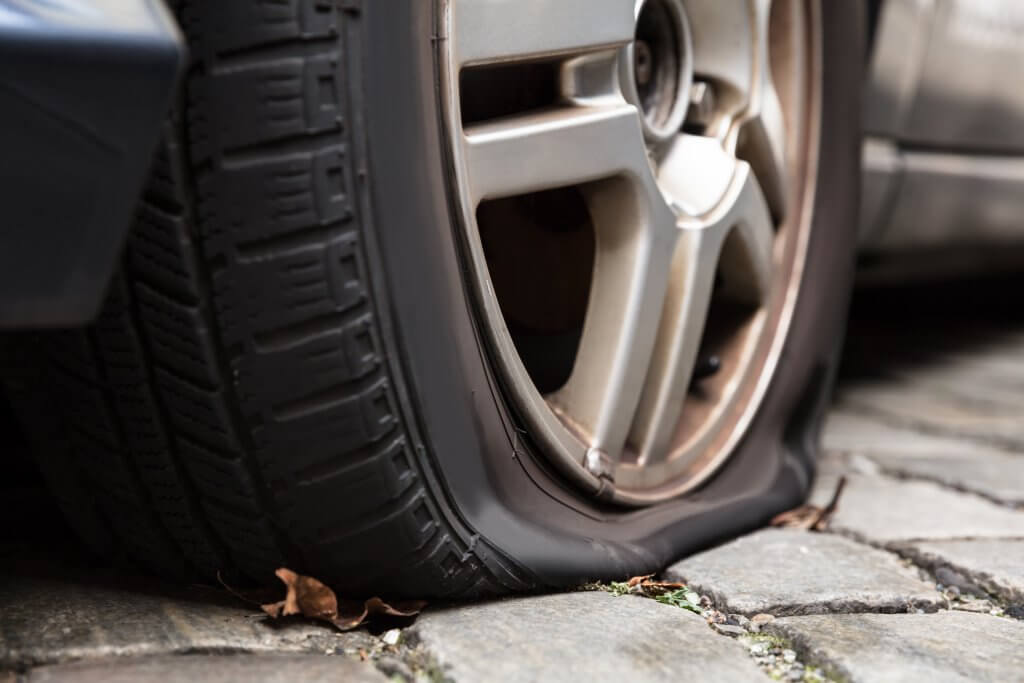
Outside the tire, car hum can be rebuilt independently, even for the price of an hour. Having applied a lot of richness - to build near Kiev, Kharkov and other great places, you can still find goydals with tires, replace the seats, decorate the original courtyard and wind outdoor furniture. All that is needed for such creativity is an hour, farba, tools for trimming and fixing gumi, as well as a copy of instructions from the Internet. It is especially handy, as you open the door of your private booth - it’s not necessary to choose bags for the installation of such a decor.
If you don’t have time for such creativity, you can find the point of tire recycling - you can find such a point on the Internet, or you can check with the workshops at the service station, where you can bring tires for recycling. In addition, a lot of tire fitting works with reworking undertakings, and when buying a new gum, they can ask themselves to pick up the old tires for disposal.
Recycling is the easiest and safest way to get rid of an old car gumi.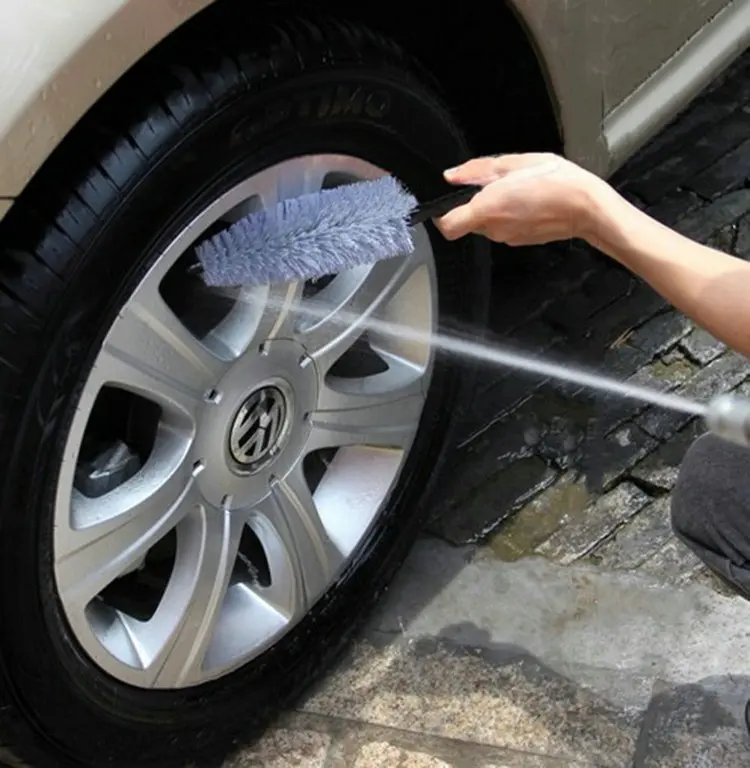 Resales or simple mechanical utilization of one set of tires will allow less than one square meter of land to be polluted for a hundred years. As soon as you knew about the possibility of re-exploring, hurry up obov'yazkovo її. So buying a new set of tires will become less acceptable.
Resales or simple mechanical utilization of one set of tires will allow less than one square meter of land to be polluted for a hundred years. As soon as you knew about the possibility of re-exploring, hurry up obov'yazkovo її. So buying a new set of tires will become less acceptable.
Konstantin Ishchenko
experienced motorist
Much depends on the condition of the suspension, springs and shock absorbers, but tires provide direct grip on the road. Wrong or worn tires can cause accidents. In this article, we will tell you how to avoid this.
In the spring - from winter to summer.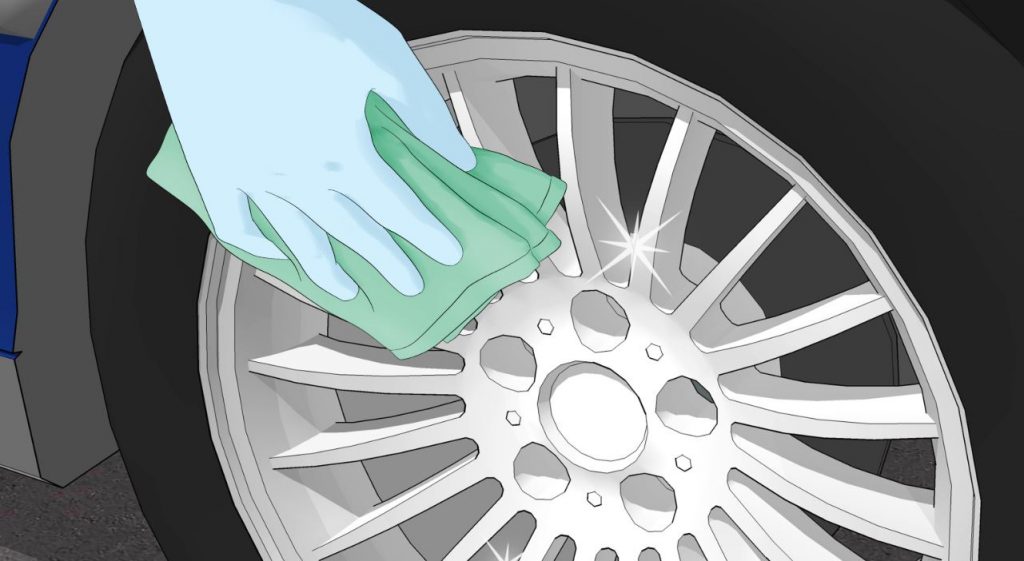 There are no strict requirements in the regulatory documents: it is recommended to use winter tires from December to February, and summer tires from June to August. There are requirements for studded tires: they cannot be used from the first of June - for this they can be warned or fined 500 R. From winter to summer, they change shoes at an average daily temperature above +7 ° C. After this mark, winter tires wear out quickly and hold the road poorly.
There are no strict requirements in the regulatory documents: it is recommended to use winter tires from December to February, and summer tires from June to August. There are requirements for studded tires: they cannot be used from the first of June - for this they can be warned or fined 500 R. From winter to summer, they change shoes at an average daily temperature above +7 ° C. After this mark, winter tires wear out quickly and hold the road poorly.
Rules of the Customs Union "On the safety of wheeled vehicles"
In autumn - from summer to winter. It's time to change tires if the average daily temperature drops below +10 °C: summer tires become dull, grip becomes worse. In autumn, it is much more difficult to sign up for a tire fitting: the closer the frost, the longer the appointment. People are afraid of ice, the prospect of hitting someone else's car or flying into a ditch.
What to do? 02/21/20
Wheels scratched at my car service
Car tires are consumables.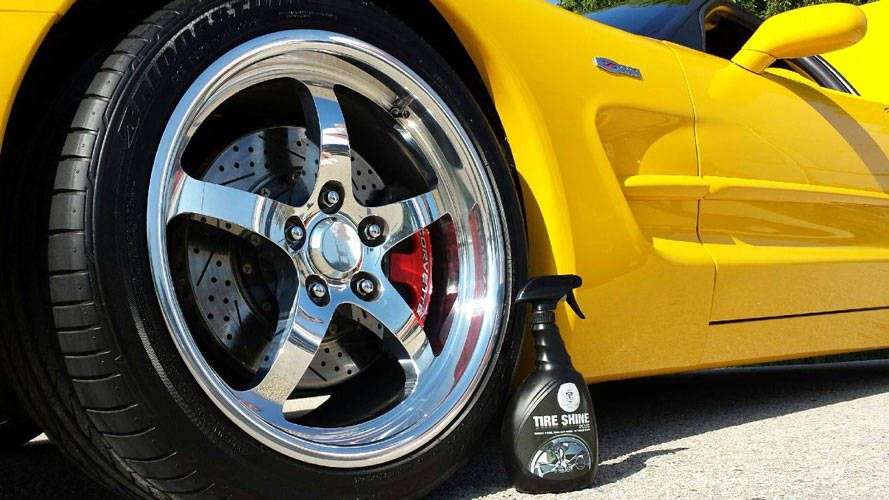 In addition to seasonal replacement, it is important to replace them as soon as they are worn out or seriously damaged.
In addition to seasonal replacement, it is important to replace them as soon as they are worn out or seriously damaged.
When the tire is worn. Each car tire has a wear indicator - a special jumper between the tread islands. As soon as the tread wears off and matches the level of at least one of the indicator jumpers, it's time to change the tire. Such a tire is dangerous, especially on wet surfaces.
/carservice/
How to save money on car operation
Insufficiently high tread poorly removes water from the tire contact patch with the roadway. Where you can confidently drive 70–80 km/h on new tires, on worn tires you can lose control of the car already at a speed of 55–60 km/h.
Indicator bar on a tire that has been through a season and a half Some manufacturers apply their own wear indicators in addition to the standard ones. For example, on Nokian tires, numbers are cut in the middle of the tread: the larger the number, the deeper the cut.
A relatively new tire will have a lot of numbers, a worn one or two will remain - the rest will be erased. A drop with a cross is applied to the sidewall of the Continental tire. As soon as it is worn down to half, the tire should be considered worn out and replaced. But all these are rather exceptions - most tires do not have such indicators.
Wear may be uneven. If the tire has been inflated, the center of the tread will be worn off. If the tire pressure was too low, it will be relatively fresh and the sidewalls of the tread will be worn out.
Non-standard wear indicators. From left to right: Nokian with numbers - summer and winter, Continental summer - with a drop and a cross Tire that was pumped over: wear on the central part of the tread is much stronger It also happens that either the inner or outer side of the tread wears out on one wheel. This means that the camber is broken - the angle of the wheel relative to the vertical plane. In this case, it is important to sign up for wheel alignment - this is a service during which the wheel alignment angles are adjusted.
It happens that the angles of the wheels are not adjusted. For example, if the car has been in a serious accident and its power parts of the body or suspension parts are deformed. In this case, you will have to eliminate these malfunctions, and then go to the wheel alignment stand again.
/sud-autoservice/
As I sued the auto service
Sawtooth or comb wear occurs on winter tires if the toe-in is broken - the angle of the wheel position in the horizontal plane. Sign up for a wheel alignment so that the same wear does not appear on the new tire.
Uneven tread wear. The tire was on a wheel with unadjusted camber Comb-shaped tread wear. Source: mashintop.ru When the tire is damaged and it is noticeable. It is easy enough to damage a tire: cut the sidewall, run into a piece of reinforcement or get hit, in place of which a hernia will come out. All sidewall damage is a good reason to buy a new tire: repairs will be expensive and ineffective. Damage to the working part of the tire - the tread - is less critical.
Damage to the working part of the tire - the tread - is less critical.
When damage is present but not visible. Hidden damage may appear on the back of the wheel. For example, a driver caught a hole, felt a good hit, got out, saw that everything was in order, and drove on. And on the reverse side, a piece of rubber was torn out and the cord became visible - the metal carcass of the tire. Such damages are found only when inspecting the chassis or at a tire fitting, and this is bad: they can cause an accident or serious damage to the car.
Service life of car tires. The tire life recommended by most manufacturers is five years, but this does not mean that they cannot be used for the sixth year. The expiration date is not limited by any documents.
GOST R 52900-2007
Tire manufacturers estimate tire service life differently. Nokian provided the most detailed explanation: “Tire life is not defined by law, but tires can only be considered new if they have been manufactured within the last five years.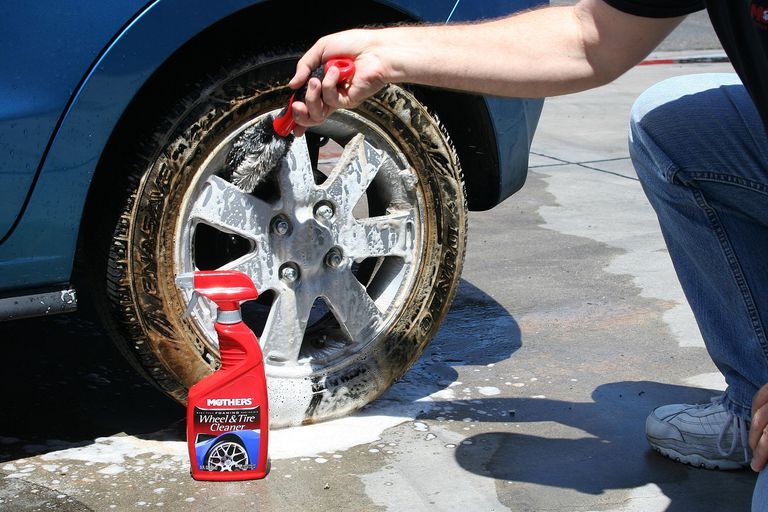 The recommended tire life is 6 years and the maximum is 10 years. Then the tire loses its consumer properties: grip deteriorates, vibration may appear on the body or steering wheel.
The recommended tire life is 6 years and the maximum is 10 years. Then the tire loses its consumer properties: grip deteriorates, vibration may appear on the body or steering wheel.
5 years
tire life recommended by most tire manufacturers
Storage location - less than a meter away from direct sunlight and heaters. In the sun, near the battery and in the rain, the tire will quickly lose its properties: the rubber will dry out and collapse. Permissible temperature - from -30 to +35 ° C, humidity - 50-80%. Do not leave the wheels dirty; they must be thoroughly washed before seasonal storage. Tires can be stored under a canopy in the open air for no more than a month.
GOST 54266-2010
The method of storage depends on the set: either tires separately or wheels as an assembly. Tires up to 205 mm wide can be stored in even stacks up to 2 m high. Tires from 210 mm are stored vertically - on edge.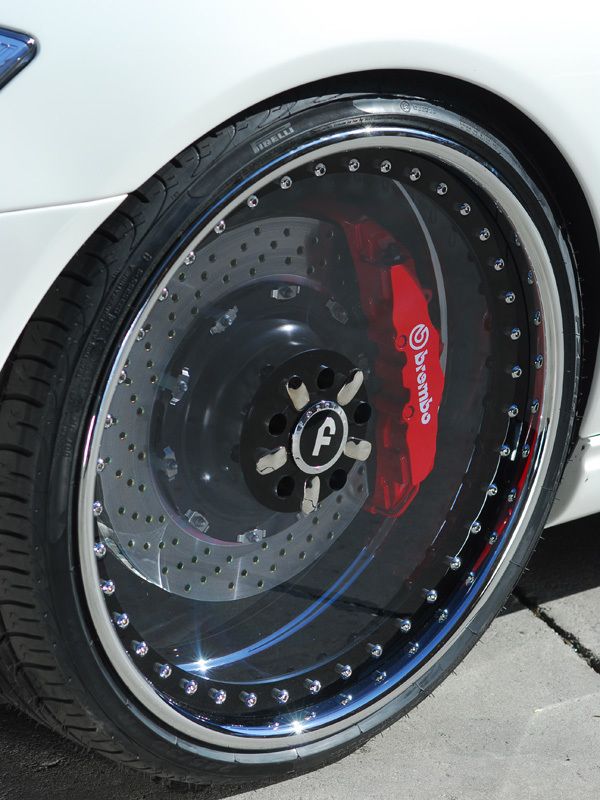 Every three months, all tires, regardless of width, should be rotated to change the footprint.
Every three months, all tires, regardless of width, should be rotated to change the footprint.
GOST does not explain how to store the wheels as an assembly, but Nokian has a visual manual for storage. Continental recommends hanging wheels by rims or storing them in a stack, similar to tires, turning them over every 4 weeks. It is advisable to reduce the air pressure in the tire to 1-1.5 atm and not make stacks of wheels - a tire plus a disk - more than four pieces.
Nokian Tire Storage TipsPDF, 2.1 MB
Featured Articles for Motorists
How to drive without fines and not overpay for car maintenance - in our mailing list along with other materials about money
First of all, you need to decide which tires are suitable. All important characteristics are written on the sidewall of the tire.
It is important to consider the dimensions of the tire when selecting it for a specific vehicle and rim.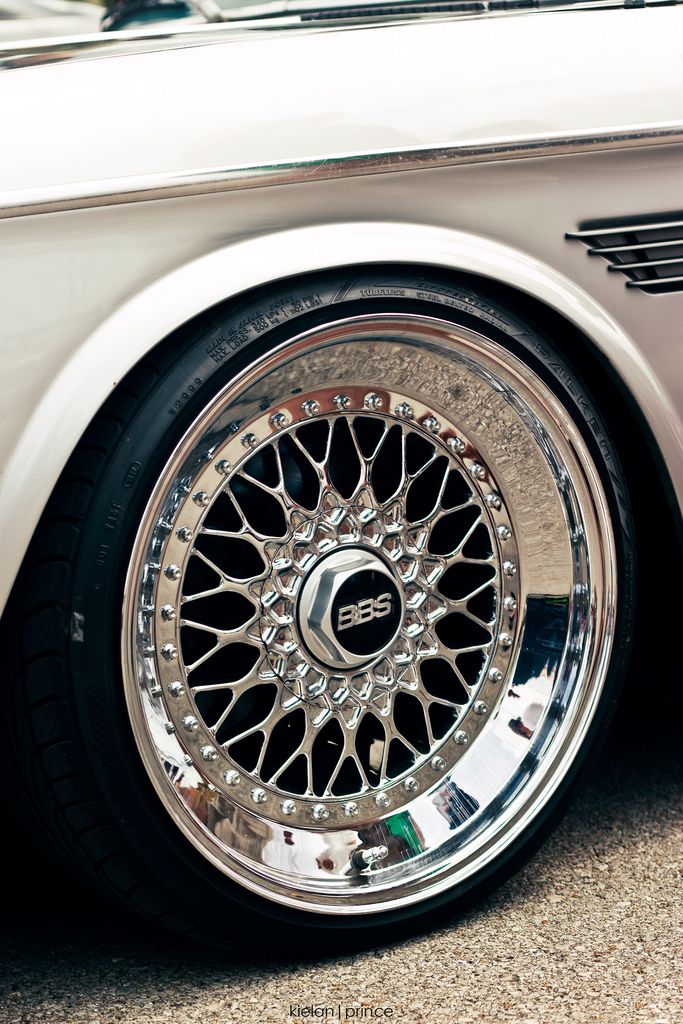 All options provided for by the design of the car are written on special plates.
All options provided for by the design of the car are written on special plates.
Depending on the brand of car, they can be found on the gas tank flap or on the B-pillar in the driver's doorway. The recommended tire pressure is also written here.
/usedcar/
How to buy a used car
Decal with Mini John Cooper Works tire parameters in the doorway: size and recommended pressure at different loads Decal on the gas tank flap of the Skoda OctaviaTire sizes are indicated in the format xxx/xx Rx. They are on the sidewall of the tire.
The first parameter is the tread width in mm. The size step is 10 mm, always 5 at the end. Next is the tire profile, or its height as a percentage relative to the width. The width of a tire with parameters 235/55/R16 is approximately 129 mm, and for a tire 195/55/R16 it is 107 mm.
R - an indication of the type of tire, in this case, that it is radial. There are also diagonal ones, but this is an outdated design.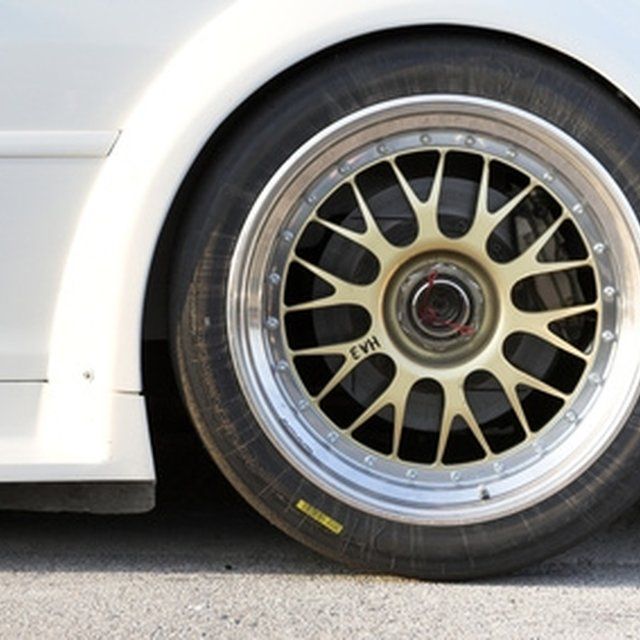 These have not been used for cars for a long time. The difference is in the design of the cord. A popular misconception is that R is a radius.
These have not been used for cars for a long time. The difference is in the design of the cord. A popular misconception is that R is a radius.
The last two digits are the diameter of the rim in inches, on which the tire can be placed.
It is undesirable to deviate from the tire parameters recommended by the car manufacturer. This can adversely affect handling, as well as cause the tire to rub against the wheel arch or suspension parts: this will damage the tire and increase the likelihood of an accident.
It happens that on the front and rear axles from the factory there are disks for rubber of different sizes. Usually we are talking about the width - the rear wheels can be wider than the front. In the people, such a set of disks is called a different-wide one.
Tube or tubeless construction. Previously, a car wheel consisted of three main parts: a disc, a tube, and a tire. The tire was responsible only for traction and overall strength, the chamber was a container for air. This design had serious drawbacks:
Now you can find a tube tire on a car only in a museum or in your grandfather's garage: the technology is outdated.
Modern tubeless tires do not have these drawbacks. Special protrusions in the disks — hubs, for which the tire clings, help to maintain the tightness of the tubeless wheel.
Manufacturers still mark tubeless tires with a special tubeless mark, and those intended for use with a tube - tube type, but now these are only rare domestic models Cord construction type. Each tire is multi-layered, a single rubber product will not be able to provide the desired shape and strength. Therefore, inside the tire there is a cord - a kind of carcass.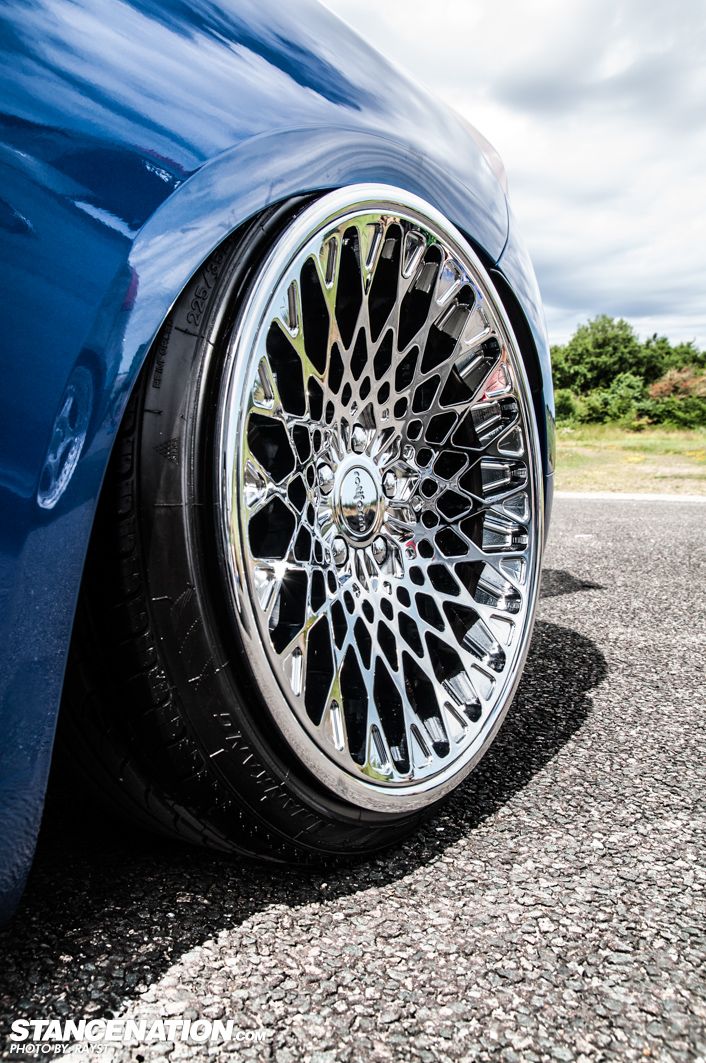 The cord can be metal, synthetic fibers or textile threads. According to the method of laying the cord, tires are divided into radial and diagonal.
The cord can be metal, synthetic fibers or textile threads. According to the method of laying the cord, tires are divided into radial and diagonal.
| Bias tire | Radial tire |
|---|---|
| 2 or more cords | 1 ply cord |
| Smaller footprint | Larger road contact patch |
| Tire heavier than | Lighter tire |
| Used on commercial vehicles | Used on passenger cars |
| Cheaper than | Expensive |
Bias
Radial tire
2 layers of cord or more than
1 layer of cord
Less contact stain with an expensive
SPECTION with an expensive
tire
Tires lighter than
are used on commercial equipment
used on cars
Cheaper
More expensive
Radial tire cords are parallel to the wheel circumference, on top of each other. For diagonal tires, the cord layers overlap each other diagonally. Source: Kolobox
For diagonal tires, the cord layers overlap each other diagonally. Source: Kolobox DOT marking. The name comes from the American Department of Transportation - an analogue of our Department of Transportation. In 1978, this department approved mandatory labeling for all automobile tires, which includes Treadwear, Traction, and Temperature grades marked on the sidewall. Now most manufacturers use this system, selling tires without such marking is illegal in the USA.
Treadwear. Some people want tires to last as long as possible, others want good grip. So far, these qualities have not been learned to combine in one tire.
The wear rate of a tire is indicated by the Treadwear index. Typically, for products for passenger cars, this parameter ranges from 100 to 600. In terms of kilometers, this is approximately 10,000-15,000 km per hundred points. For example, index 240 corresponds to 24,000-36,000 km.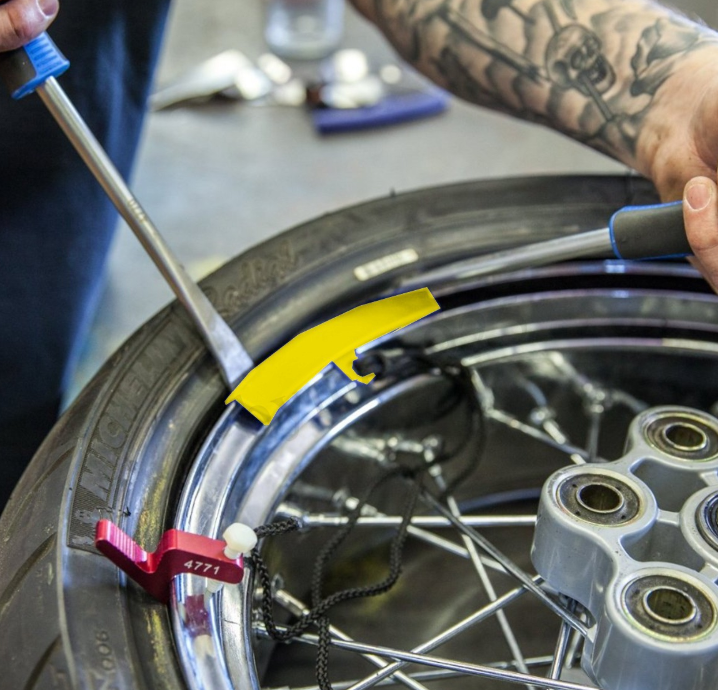 At the end of the range there will be tires that were used with a calm driving style.
At the end of the range there will be tires that were used with a calm driving style.
Traction also shows the grip class, but unlike Russian traffic rules and technical regulations, the classification is based not on distance in meters, but on the deceleration coefficient - G, which the tire can provide. According to Traction, all tires are divided into classes according to their ability to effectively stop a car on wet asphalt and concrete: from the best AA to the worst C.
| Class | G on asphalt | G on concrete |
|---|---|---|
| AA | More than 0.54 m/s² | 0.38 m/s² |
| A | More than 0.47 m/s² | 0.35 m/s² |
| B | More than 0.38 m/s² | 0.26 m/s² |
| C | Less than 0.38 m/s² | 0.26 m/s² |
Class AA
G on asphalt
More than 0.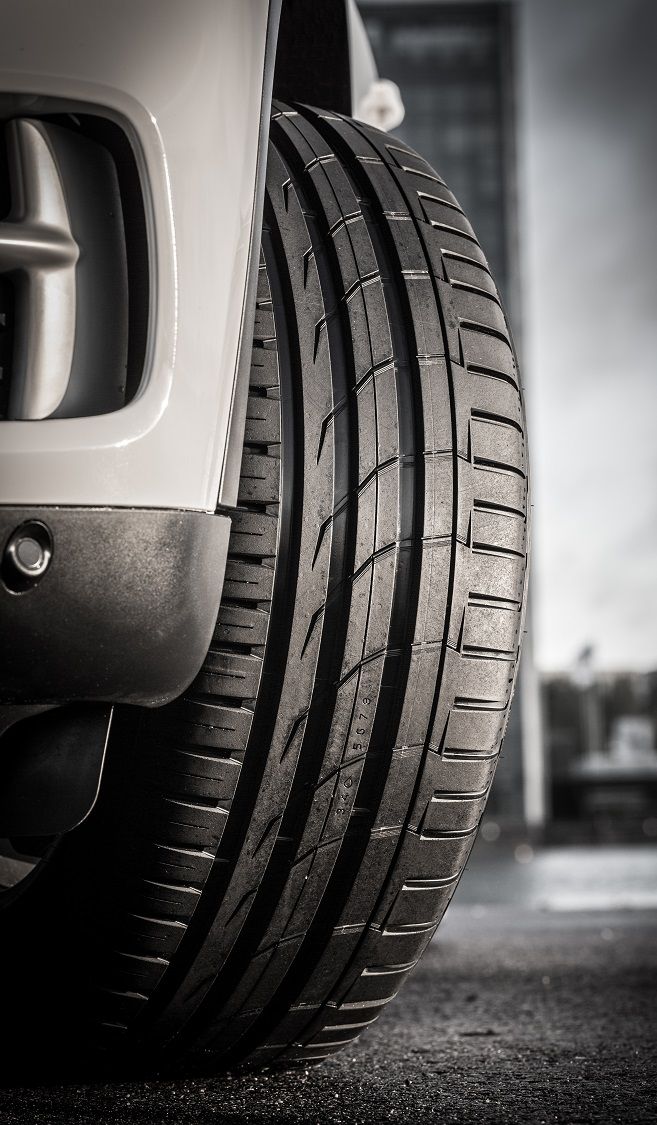 54 m/s²
54 m/s²
G on concrete
0.38 m/s²
9008 On the asphalt
more than 0.38 m/s²
G on concrete
0.26 m/s²
Class C
G on the asphalt
less than 0.38 m/s²
9000 G on concrete0.26 m/s²
Temperature characteristic, Temperature. All tires are divided into three classes according to resistance to heat generation during movement: A, B and C. Class A tires effectively remove heat at speeds over 185 km / h, class B - from 160 to 185 km / h, class C - from 137 up to 160 km/h. For passenger cars, there are almost no tires on sale, except for class A.
Runflat. This rubber has a thick and stiff sidewall. It can be driven up to 80 km at speeds up to 80 km/h after a puncture or side cut with a complete loss of pressure.
It is important that the machine is equipped with a tire pressure system, otherwise the driver may not recognize a flat tire, exceed the recommended speed, or drive more than 80 km, which at best will lead to damage to the rim, and at worst, to an accident.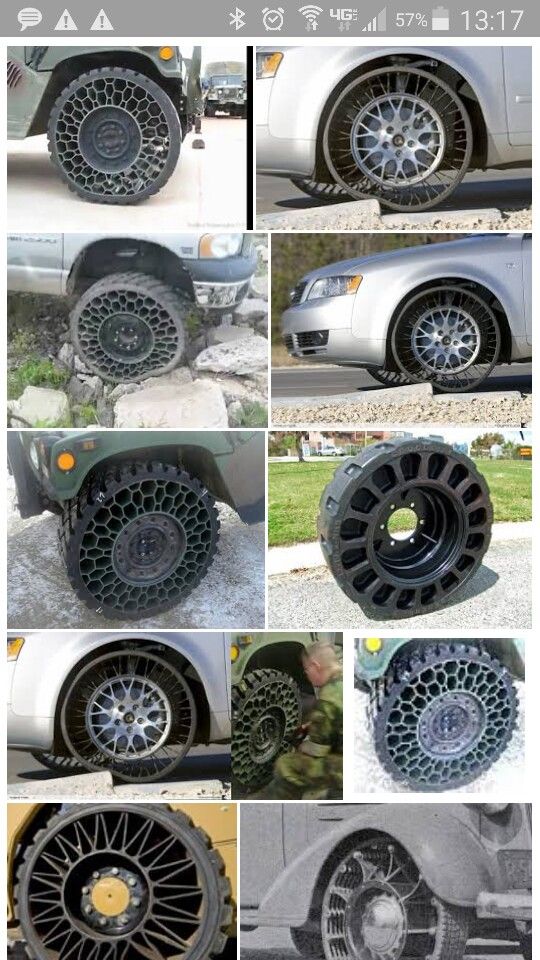
Many vehicles come with runflat tires from the factory. Especially on those who do not have a spare tire. Such tires are 1.5-2 times more expensive than ordinary ones, they make driving less comfortable: due to the hard sidewall, such rubber smooths out bumps much worse and is heavier than conventional tires.
But you don't have to call a tow truck: you can almost always get to the tire shop on your own. If you drive on a relatively flat road, there will be no damage to the alloy wheel: it is still a few centimeters from the road surface.
/otozvali/
How to repair a car under a recall campaign
Load and maximum speed indices. Load Index is a two- or three-digit number that indicates the maximum weight that the tire can support. The speed index is denoted by a Latin letter. It shows the maximum allowable speed that the tire can withstand. All indices are summarized in tables.
| Speed index | Maximum speed, km/h |
|---|---|
| L | 120 |
| M | 130 |
| N | 140 |
| P | 150 |
| Q | 160 |
| R | 170 |
| S | 180 |
| T | 190 |
| U | 200 |
| H | 210 |
| V | 240 |
| W | 270 |
| Y | 300 |
| Z | 300+ |
Speed index
Maximum speed, km/h
If you want to know how to read the load index, find your value in the table.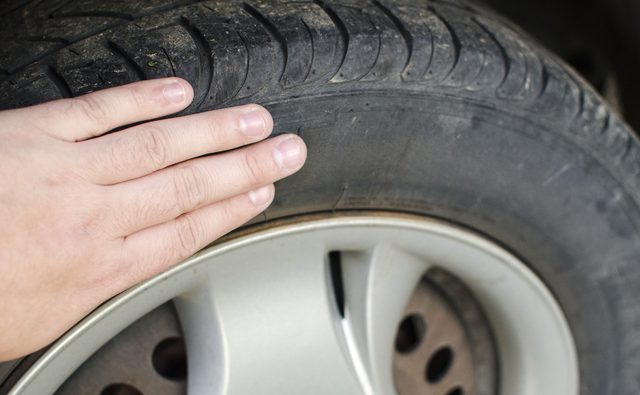
Load index
Mass per tire, kg
100
800
101
825
104
900
105 9000 9000
9000 9000 9000
950 9000 9000 9000 9000 9000 9000 108
1000
109
1030
110
1060
111
1090
112
1120
113
11502
114
1180
115
1215
116
1250
117
1285
118
1320
119
1360
120
1400
121
14000222222 9000 9000 9000 9000,000,000,000 9000,000,000,000,000 9000,000,000,000,000,000,000,000,000,000,000,000
| Load index | Weight per tire, kg | Load index | Weight per tire, kg | Load index | Weight per tire, kg |
|---|---|---|---|---|---|
| 62 | 265 | 83 | 487 | 104 | 900 |
| 63 | 272 | 84 | 500 | 105 | 925 |
| 64 | 280 | 85 | 515 | 106 | 950 |
| 65 | 290 | 86 | 530 | 107 | 975 |
| 66 | 300 | 87 | 545 | 108 | 1000 |
| 67 | 307 | 88 | 560 | 109 | 1030 |
| 68 | 315 | 89 | 580 | 110 | 1060 |
| 69 | 325 | 90 | 600 | 111 | 1090 |
| 70 | 335 | 91 | 615 | 112 | 1120 |
| 71 | 345 | 92 | 630 | 113 | 1150 |
| 72 | 355 | 93 | 650 | 114 | 1180 |
| 73 | 365 | 94 | 670 | 115 | 1215 |
| 74 | 375 | 95 | 690 | 116 | 1250 |
| 75 | 387 | 96 | 710 | 117 | 1285 |
| 76 | 400 | 97 | 730 | 118 | 1320 |
| 77 | 412 | 98 | 750 | 119 | 1360 |
| 78 | 425 | 99 | 775 | 120 | 1400 |
| 79 | 437 | 100 | 800 | 121 | 1450 |
| 80 | 450 | 101 | 825 | 122 | 1500 |
| 81 | 462 | 102 | 850 | 123 | 1550 |
| 82 | 475 | 103 | 875 | 124 | 1600 |
Pressure index is another name for the load index.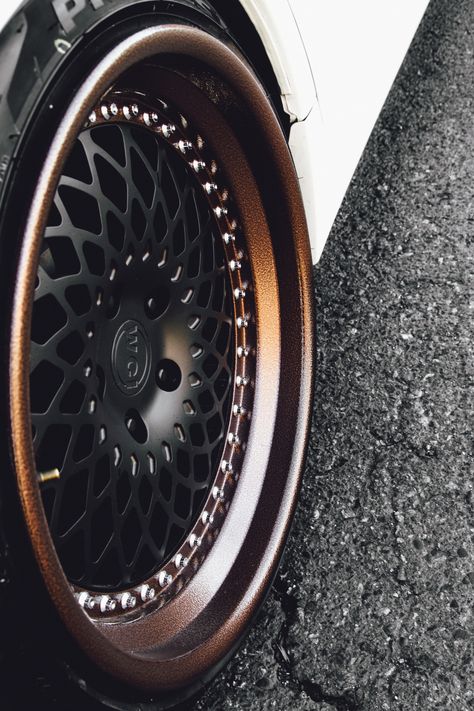
Euro label. Manufacturers put special stickers on tires. They have three parameters that are not written about on the bus itself. These stickers appeared in 2012. Since then, they have been on any tire sold in the EU.
Label according to EC Regulation 1222/2009. This is a complex document with formulas and parameters like rolling resistance - it does not have the usual values like fuel consumption or braking distances. The sticker describes the tire according to three characteristics: noise level, fuel economy class and wet grip class.
/top-economic-cars/
11 economical cars for everyday driving
Noise level shows the noise level in decibels. One black sound wave is 3 or more decibels below the 2016 European norm. Two waves - at the normal level or quieter, but less than 3 decibels. Three - noisy tire, out of limit.
Fuel economy class. A is the most economical.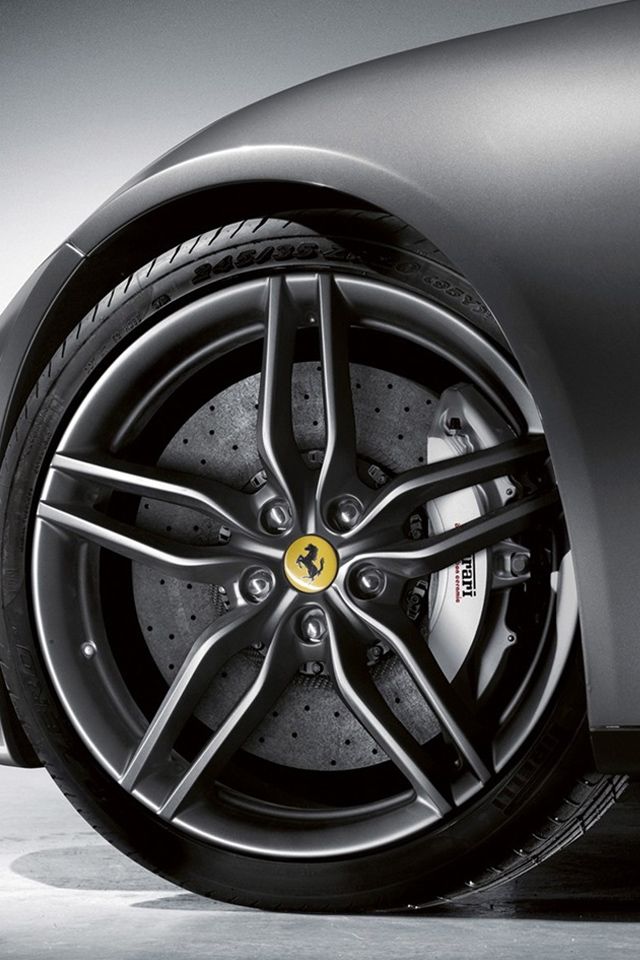 The lower the class, the more the tire resists rolling and the higher the fuel consumption. There is a 7.5% difference in fuel consumption between the most economical class A tire and the most "wasteful" class G. That is, for an average car with a consumption of 10 liters per 100 km and an annual mileage of 25,000 km, Class A tires will save up to 187 liters of fuel - 8000 R.
The lower the class, the more the tire resists rolling and the higher the fuel consumption. There is a 7.5% difference in fuel consumption between the most economical class A tire and the most "wasteful" class G. That is, for an average car with a consumption of 10 liters per 100 km and an annual mileage of 25,000 km, Class A tires will save up to 187 liters of fuel - 8000 R.
Grip. The same letters, but without color indication. This estimate was obtained when checking the braking distance on asphalt. The shorter the stopping distance, the closer the letter is to the beginning of the alphabet. The difference between A and G is more than 18 meters: A is the minimum stopping distance, B is plus 3 meters to A, C is plus 7 meters to A, D is plus 10 meters to A, E is plus 12 meters to A, F is plus 18 meters to A.
Sticker on a new tire Color markers on tires. There are another colored stripes on the tire tread - these are technological marks, they are of no use to the buyer.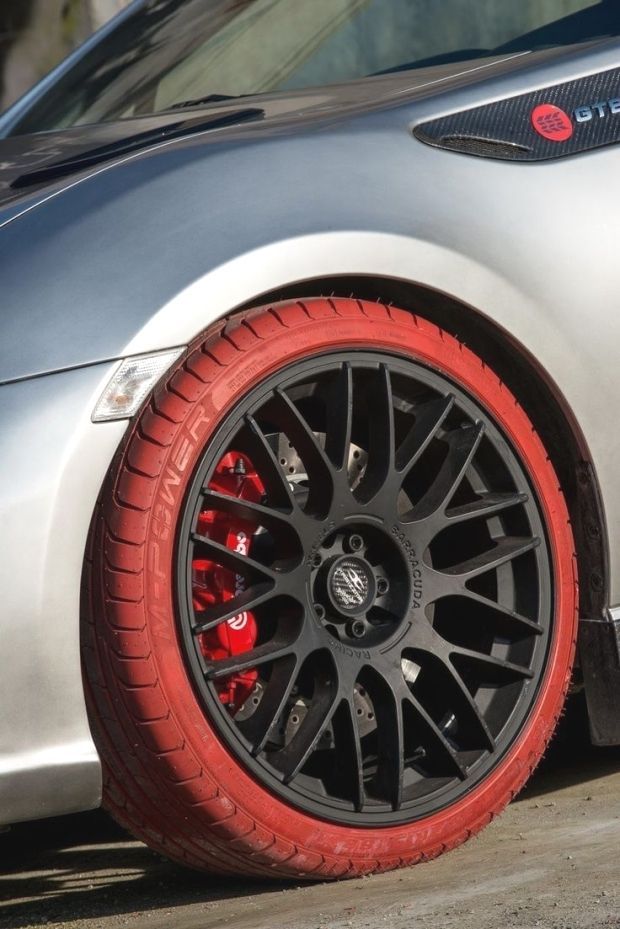 These drawings guide the production line, and they can also show the batch and release date.
These drawings guide the production line, and they can also show the batch and release date.
The most pedantic car owners may try to buy a set of new tires with identical stripes, but it is better to focus on the stamp with the release date on the sidewall.
Features of the choice of all-season tires. Theoretically, they can be ridden all year round. The rubber compound works in the temperature range from -7 to +15 °C. In severe frosts, rubber hardens like summer tires at temperatures below +10 °C, and in hot weather it becomes softer, like winter tires at temperatures above +7 °C. In any case, all-season tires are not suitable for either hot asphalt or ice ruts.
All-season tires are chosen when they want to save on tire fitting and buying an extra set of tires. This is true for crossovers and SUVs with relatively low annual mileage.
Features of the choice of summer tires. There are models for quiet city driving. Such tires will help save fuel, please with a low noise level and will last three to four seasons. At the same time, they will not tolerate overheating, will not provide perfect grip on the road and will not allow you to drive a car with great comfort.
There are models for quiet city driving. Such tires will help save fuel, please with a low noise level and will last three to four seasons. At the same time, they will not tolerate overheating, will not provide perfect grip on the road and will not allow you to drive a car with great comfort.
The opposite - tires for those who like to push the gas to the floor. Such tires will make noise, increase fuel consumption and wear out in one or two seasons. In return, the driver will get excellent grip and driving pleasure.
Features of the choice of winter tires. There are three types of winter tires.
The studded tires are good for driving on ice and packed snow. They have relatively hard rubber, deep tread and studs. And they also hold the road well on asphalt: the spikes have been hidden in the tread for a long time.
Ideal conditions - ice cover above -15°C. The ice is soft enough for the spikes to grip most effectively.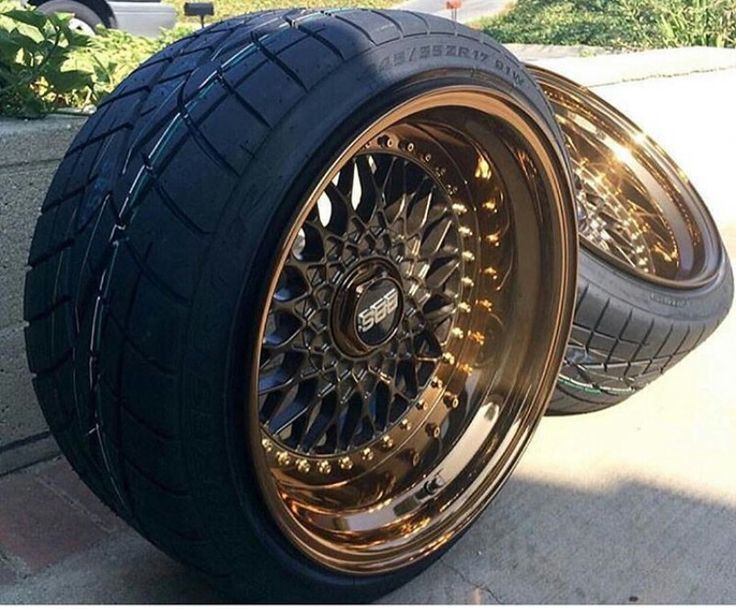
Disadvantages: they are very noisy, they have a low speed index. Usually, you can drive on studded tires no faster than 160-180 km/h. And they are also banned in many European countries because they spoil the asphalt.
Scandinavian style friction tires, aka Velcro, studless and made for harsh winters. Rough tread pattern, soft rubber compound and many sipes - horizontal slots on the islands of the tire tread.
Ideal conditions are snow and ice below -15°C. They are noticeably quieter, you can move at a much higher speed on them.
Disadvantages: such tires wear out quickly, almost do not hold the car on melted smooth ice at temperatures above -5 °C. There is a small distance between the tread islands, such tires do not drain water well from the contact patch with the roadway.
Alpine type friction tires without studs and made for mild winters. There are 1.5-2 times fewer sipes on the tread, the grooves for water drainage are much wider. This is the most wear resistant winter tire.
This is the most wear resistant winter tire.
Ideal conditions - puddles, asphalt, -5 to +3 °C. Well remove water from the contact patch with the roadway.
Disadvantages: poor grip on any ice and packed snow.
According to the Rules of the Road, different tires cannot be put on one axle of a vehicle. This is considered a malfunction in which the use of a car is prohibited.
p. 5 of the Traffic Regulations of the Russian Federation: wheels and tires
At the same time, the rules do not prohibit installing tires of different brands and models on different axles of the same car, but it’s better not to do this. The car and all its systems are designed for the same tires with the same grip.
This is especially true for modern cars with many electronic assistants: stabilization systems, brake force distribution. You can drive on such a combination of tires, but no one knows how the car will behave in an extreme situation.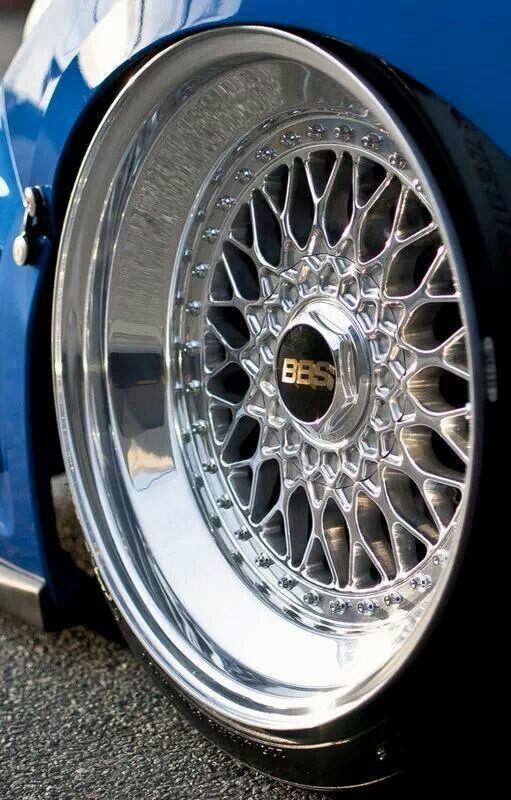
Like everywhere else, there are premium brands and there is something cheap. But cool brands have failed models, while budget brands have successful ones.
There is a lot of research and testing behind famous brand tires. Before entering the market, large companies test each new model in the most extreme conditions. Tires can be rolled on arctic ranges or in the desert.
Often, rubber is tested in the conditions of sports competitions and only then the technology is sent to the mass market. The more famous the manufacturer and the more expensive its products, the greater its budget for the development of new models.
There are also very cheap tires, often from China. They can directly write that they copied the tread pattern of a prestigious model, but this is not enough: there is also a rubber composition, cord design and other parameters.
Prices for tires of the same size may differ by multiples. The smaller the profile and the larger the width, the greater the difference.
To look at something other than the brand and choose what you need, there is an algorithm:
Specialized stores. There is a large selection, manufacturers' catalogs and competent advice. This will appeal to those who buy car tires for the first time or are simply not very interested in the technical side of cars. There is a service here - there will be a guarantee for tires, there is tire fitting and seasonal storage.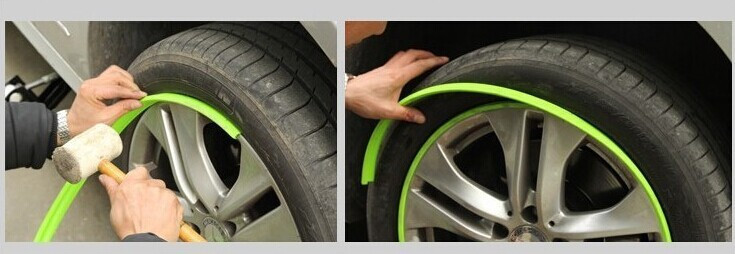 The one-stop principle works: you can arrive on spikes and leave on a new summer and with an empty trunk.
The one-stop principle works: you can arrive on spikes and leave on a new summer and with an empty trunk.
Online hypermarkets and warehouses. Rubber is sold by large Internet sites and small shops. The option is suitable for those who want to find cheaper, are ready to take risks and waste time for this. Here, the entire responsibility for checking the parameters of the tire, the date of its release and, in general, compliance with the order lies with the buyer. If something goes wrong, you will have to take all four tires to no one knows where and change them. Tire fitting and storage is the buyer's concern.
/save/mashina-hack/
How to save on car maintenance?
Flea markets, car club forums and ad services. Avito, Yulia and specialized automotive forums offer a lot of rubber. You can buy a completely fresh set at a good price, or you can buy rubbish and expensive. There is a great risk of buying tires with hidden damage: the fact that the tire is crooked will only be opened at a tire fitting, many hernias will be visible only on an inflated tire.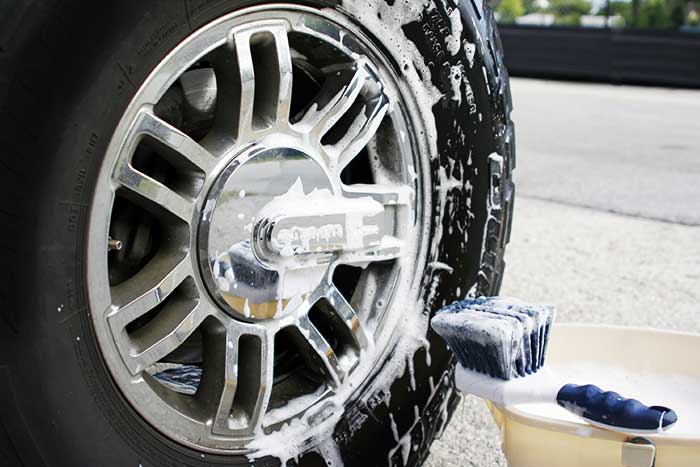
Sometimes the ability to measure depth and read parameters does not help. To put the correct year on an old tire, there is a special stamp. The tread depth can be machined, and a tire that is white from old age can be treated with ink.
With the help of special equipment, you can even remove the remnants of the old protector and stick a new one. It remains to hope for the reputation of the seller and look at the goods that he sells or sold. I try to avoid those who sell used rubber all the time.
First of all, the size. The larger the diameter, the more expensive. But at the same time, the lower the tire profile, the more expensive it is. This may seem counterintuitive, as less material is used.
Tire inner layers and construction play an important role. Due to the low profile height, the sidewall of such a tire must be much stronger than the same tire with a high profile.
Tire make and model affected. Rubber from large, famous brands with a century of history is more expensive, but the budget lines of well-known companies will allow you to save a lot. Tires of young, unknown manufacturers, especially Asian ones, will cost even less.
Tires of young, unknown manufacturers, especially Asian ones, will cost even less.
Tires with runflat technology are more expensive than conventional tires, because their sidewalls have special requirements.
Is it worth buying retreaded tires? It is almost impossible to buy such tires for a passenger car in Russia in 2021. The cord design of car tires for projector restoration is not intended, unlike truck tires, for which this is a very popular service. In some countries in Eastern Europe, you can buy retreaded tires in popular sizes, but their properties are mediocre: long braking distances, poor handling.
When is the best time to buy tires? The popular theory that tires are best bought between seasons is no longer relevant. You won’t be able to save money this way: the price of tires almost does not change throughout the year.
The tire business is seasonally cyclical, and it is not worth hoping for discounts on studded tires and its wide selection in June. For the next winter season, it will be delivered in August, and summer tires in March.
For the next winter season, it will be delivered in August, and summer tires in March.
But by the season, the freshest tires will be on sale. This is true for those who drive very little, or for sports tires. The fresher the tire, the better the grip will be: the rubber compound loses its properties over time.
Always make sure that your tire pressure is correct: it is critical to tire health. If you lose pressure, do not continue driving on an empty wheel: this may destroy the tire.
Try not to store tires and the car within half a meter of heaters.
Old tires cannot simply be thrown in the trash or buried. This is hazard class 4 waste, they must be disposed of.
GOST 12.1.007-76
Tires can be sold on Avito or other ad service. It will turn out if there is no serious damage and the tread depth allows them to be used further.
Old tires are readily picked up by a tire shop.